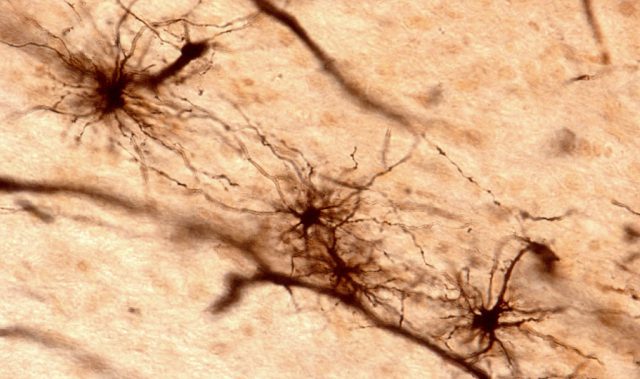
AsianScientist (Aug. 15, 2019) – In a study published in Nature, researchers from South Korea have identified the main waste drainage site of the brain, a finding that has implications for diseases such as Alzheimer’s.
Just as life becomes unbearable when a city’s waste disposal system goes out of service, the buildup of toxic proteins in the brain can cause massive damage to the nerves, leading to cognitive dysfunction and increased probability of developing neurodegenerative disorders. Recently, the brain was discovered to have its own lymphatic drainage system that removes excess fluids and waste products from the cerebrospinal fluid (CSF). However, little has been understood about an accurate route for the brain’s cleansing mechanism.
Scientists led by Dr. Koh Gou Young at the Institute for Basic Science (IBS) at the Korea Advanced Institute of Science and Technology (KAIST), South Korea, have now identified the basal side of the skull as the major route for CSF drainage. Though meningeal lymphatic vessels (mLVs) in the upper part of the skull were reported as the brain’s clearance pathway in 2014, no substantial drainage mechanism was observed in that section. Instead, Koh and his team looked at a mLVs in a different part of the brain.
“As a hidden exit for CSF, we looked into the mLVs trapped within complex structures at the base of the skull,” said study first author Dr. Ahn Ji Hoon.
The researchers used a genetically engineered lymphatic-reporter mouse model to visualize mLVs under a fluorescence microscope. By performing a careful examination of the mice skull, they found distinctive features of basal mLVs that make them suitable for CSF uptake and drainage.
Just like typical functional lymphatic vessels, basal mLVs are found to have abundant lymphatic vessel branches with finger-like protrusions. Additionally, valves inside the basal mLVs allow the flow to go in one direction.
“All in, it seemed a solid case that basal mLVs are the brain’s main clearance pathways,” explained study co-author Dr. Cho Hyunsoo.
The researchers verified that the specialized morphologic characteristics of basal mLVs facilitated CSF uptake and drainage. Using CSF a lymphatic-reporter mouse model, they showed that fluorescence-tagged tracers injected into the brain itself or the CSF is cleared mainly through the basal mLVs.
It has long been suggested that CSF turnover and drainage declines with aging. However, alteration of mLVs associated with aging is poorly understood. In this study, the researchers observed changes of mLVs in young (three-month-old) and aged (24~27-months-old) mice. They found that the structure of the basal mLVs and their lymphatic valves in aged mice become severely flawed, thus hampering CSF clearance.
“By characterizing the precise route for fluids leaving the brain, this study improves our understanding on how waste is cleared from the brain. Our findings also provide further insights into the role of impaired CSF clearance in the development of age-related neurodegenerative diseases,” Koh said.
The article can be found at: Ahn et al. (2019) Meningeal Lymphatic Vessels at the Skull Base Drain Cerebrospinal Fluid.
———
Source: Institute for Basic Science.
Disclaimer: This article does not necessarily reflect the views of AsianScientist or its staff.












